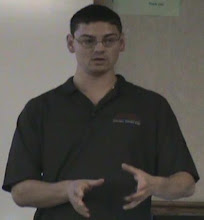Here's an example of an input:

Transformed to Cove as the output:

Nice to be this seeing done. At one point I had considered building a tool to allow you to create a circuit diagram in a GUI and generate code from it, but it was low on my list and something I never got around to doing. Nice to see this being done, I see it as an excellent tool- especially for students of quantum computer programming.

Thanks for the comments Matt; I completely agree with you that practical quantum computing is a fun, useful, and incredibly interesting area, and Cove is very helpful for that, I really look forward to doing more with it.
ReplyDelete